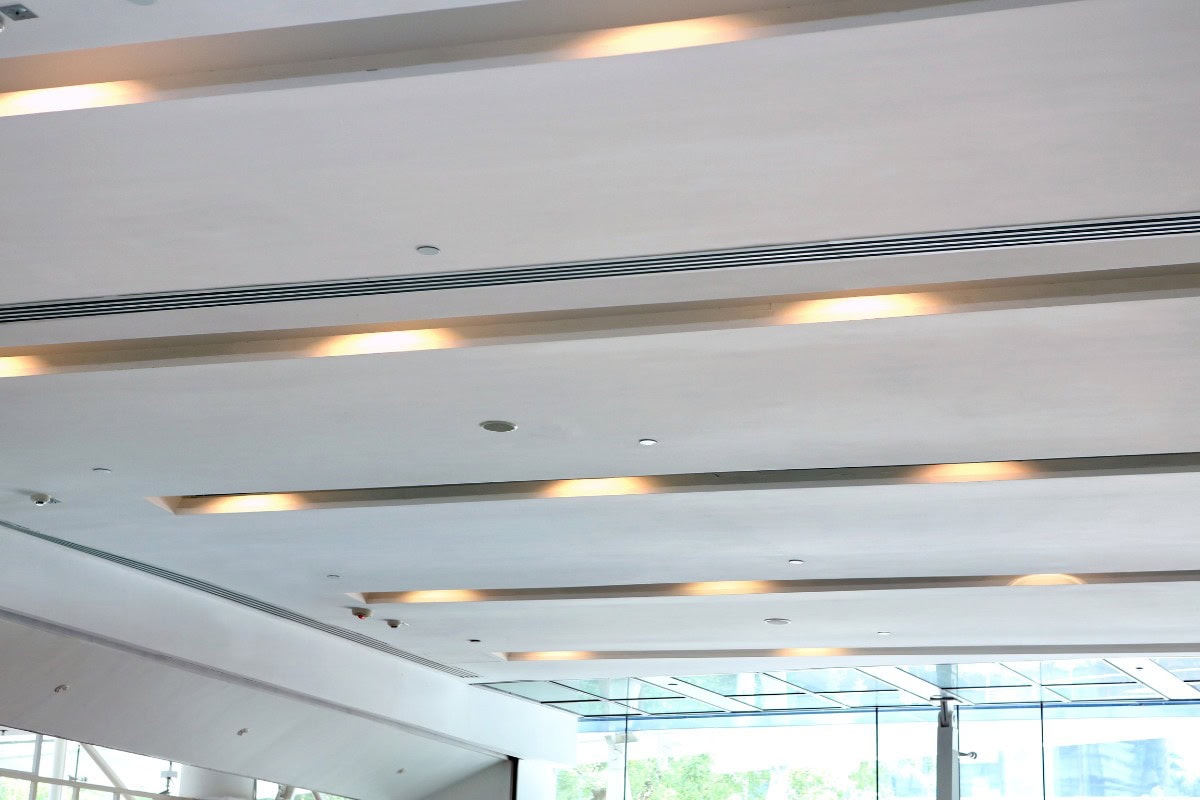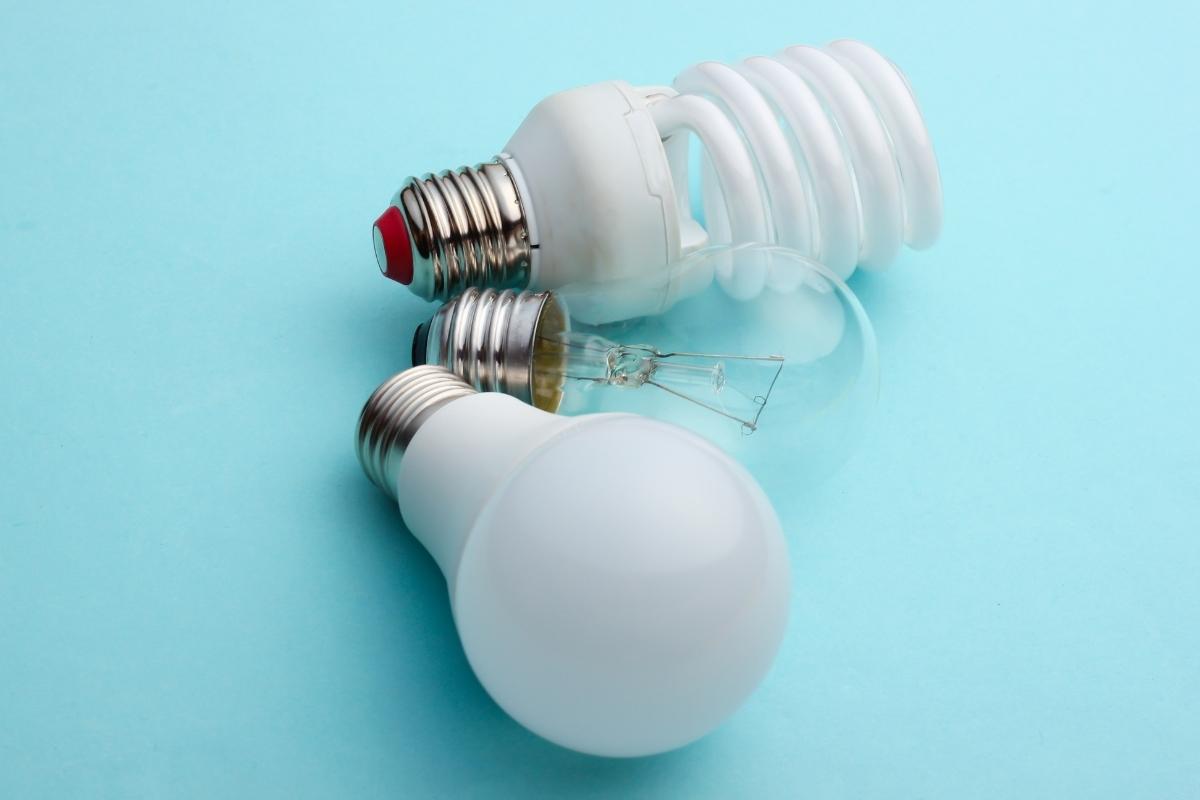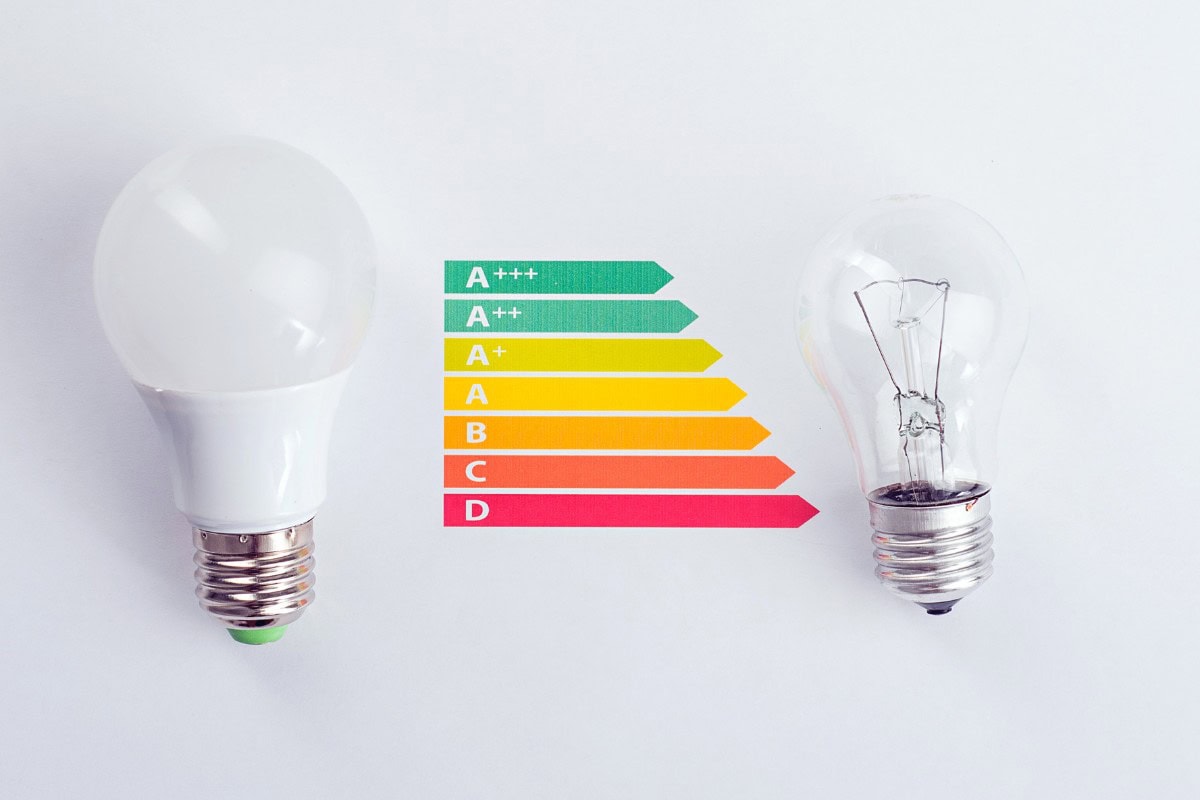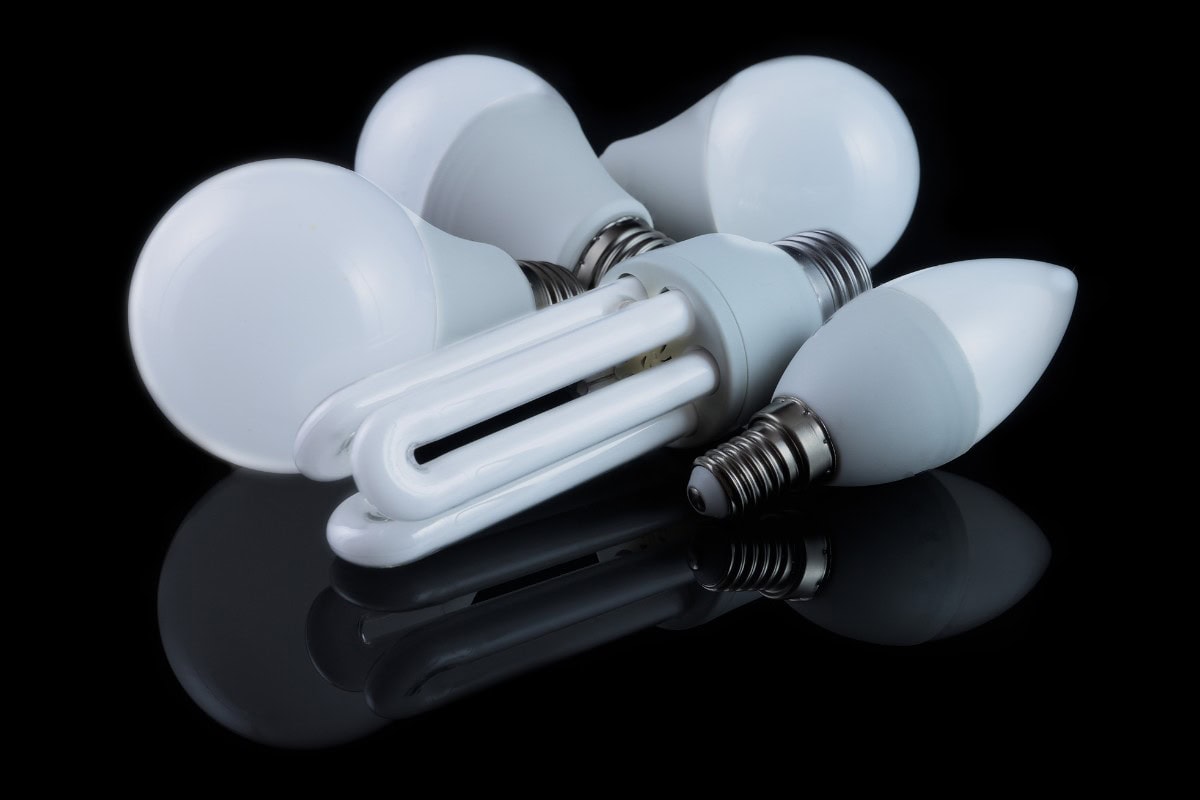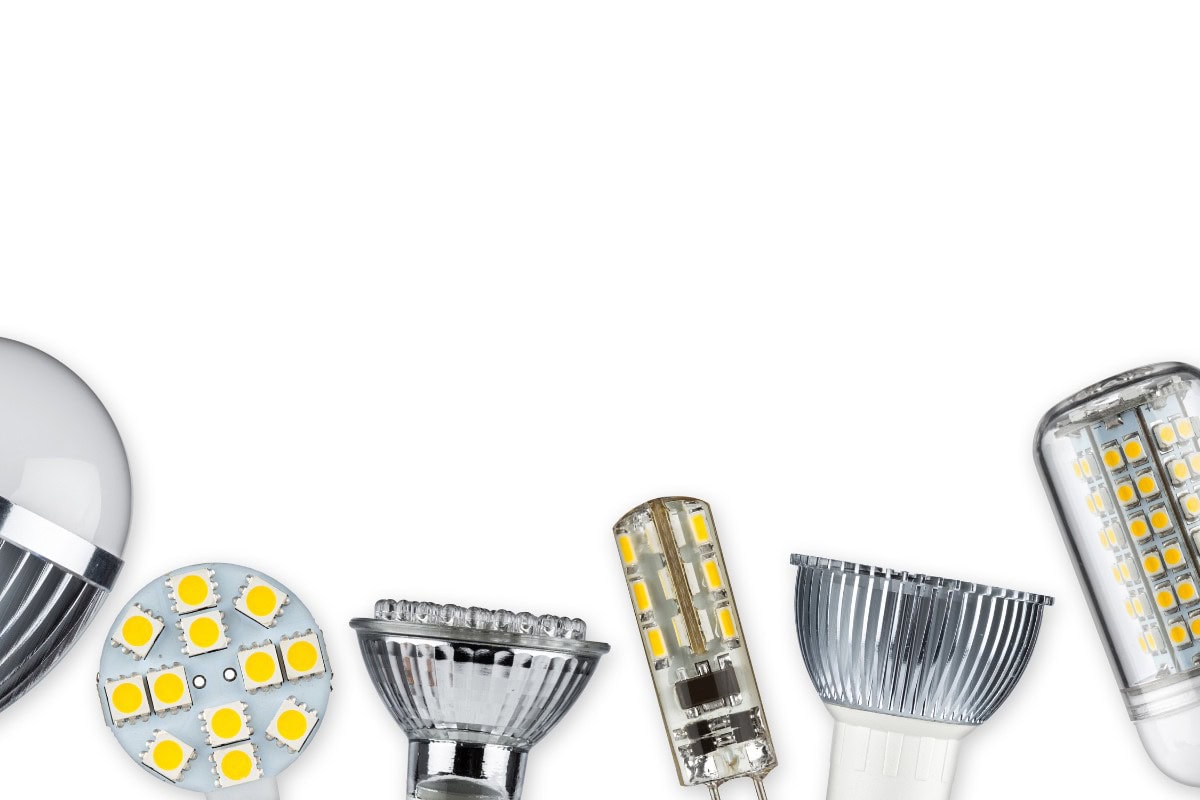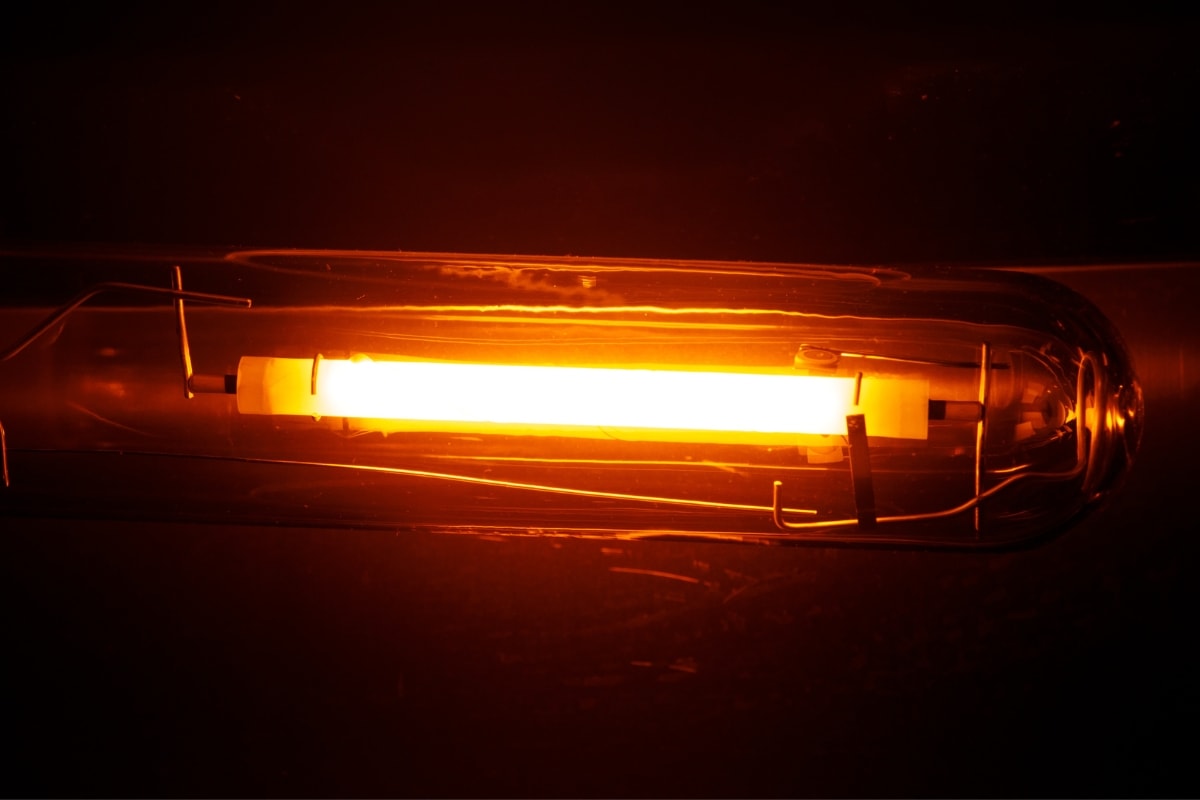LED lighting offers remarkable energy savings when it replaces older lighting products. For example, you can expect energy consumption to drop by over 80% when you replace incandescent lamps, and savings of up to 50% are possible when upgrading fluorescent lighting.
There is a common misconception that LED products are expensive, but their total cost of ownership is actually the lowest among all types of lighting. In the long run, the energy and maintenance savings provided by LED lighting are far greater than the extra upfront cost.
This article will explain the five main reasons why keeping your current lighting system is too expensive.
The Energy Savings Can Exceed 80%
LED lighting saves energy due to its high efficacy – it can convert electricity to lighting better than older types of lighting, minimizing the energy wasted as heat in the process. Consider the savings achieved with the following lighting upgrades:
- If you use 60W incandescent bulbs in your home, you can replace them with 10W LED bulbs to save over 83% on lighting.
- Commercial buildings often use fluorescent tubes, and most of them consume 40W (4’ T12) or 32W (4’ T8). The LED upgrades available generally consume between 15W and 20W.
- If you use 450W HID fixtures to light an industrial warehouse, they can be replaced with 200W LED fixtures, providing the same lighting level while reducing power consumption by nearly 60%.
Regardless of whether the application is residential, commercial or industrial, LED lighting offers significant energy savings. These savings can be particularly high in companies that work around the clock, such as call centers and automated manufacturing facilities. If you upgrade your home lighting to LED, start with the lamps and fixtures you use the most to maximize your savings.
Also Saves on Air Conditioning
Air conditioning systems make indoor environments more comfortable for humans by removing heat and humidity. This means that AC systems operate more efficiently when the number of heat sources found indoors is reduced. Incandescent and HID lamps release a large amount of heat when operating, and this drives up AC loads in indoor locations. This effect is reduced with fluorescent lighting, but LED technology has an even lower heat footprint.
Assume you will upgrade 1,500 fluorescent tubes to LED, where the power consumption per tube will be reduced from 40W to 18W. With this upgrade, the savings per tube are 22W, and total savings are 33,000W (33 kilowatts). In other words, the upgrade does not only save 33 kW on lighting power; it also saves the energy consumed by the AC system to remove all that heat.
A Low-Maintenance Solution
LED lighting is best known for its energy savings, but it can also reduce maintenance expenses significantly when replacing older lighting systems. The service life of LED products far exceeds that of most other lighting types, and plenty of lamp replacements are avoided in the long run.
- A typical fluorescent bulb only lasts for around 1000 hours, while LED equivalent products are normally rated for 25,000 hours.
- Most HID bulbs only last for around 10,000 hours, while the LED products that replace them have a service life ranging from 50,000 to 100,000 hours.
- Fluorescent tubes typically last for 20,000 hours, while their LED counterparts are rated for 50,000 hours of use.
LED products may seem more expensive upfront, but to be fair you would have to subtract the cost of all the lamp replacements they prevent with their long service life. An LED bulb is more expensive than an incandescent one but much cheaper than the 25 bulbs it replaces over its service life!
Eligible for Rebates and Tax Benefits
In the US, many utility companies and municipal or state governments offer rebates for LED lighting and other energy-efficient products. In many cases, tax exemptions and tax credits are also available. Although requirements vary by state and by utility company, there is one requirement that applies across the board:
- Residential LED products must bear the ENERGY STAR label. This is a program that was introduced by the US Environmental Protection Agency to promote the use of environmentally friendly products.
- LED products for the business sector must have the DLC Listed label. DLC stands for DesignLights Consortium, an industry association with members in the USA and Canada.
Both the ENERGY STAR and the DLC Listed label guarantee high performance, since lighting products must be subject to rigorous laboratory tests before being labeled. Rebates and tax incentives make LED products much more affordable, sometimes reducing their cost below that of older lighting systems that don’t qualify for these incentives. Just keep in mind that many incentive programs are limited by a budget or expiration date, and you may miss out on them if you wait too long before upgrading to LED lighting!
Prevents Costly Accidents
There are two main ways in which LED lighting improves safety: the fixtures themselves are safer to handle than older types of lighting, and they also make built environments safer for occupants.
- Since LED lighting is a solid-state technology, the use of glass and other fragile materials can be avoided, making most LED products shatter-resistant and safer to handle.
- LED products also tend to operate at lower temperatures than older types of lighting, which reduces the risk of a burn if they are accidentally touched while in operation.
- Fluorescent and HID fixtures are equipped with electromagnetic ballasts, which have an iron core that greatly increases their weight. This component is eliminated in LED fixtures, making them lighter and reducing the risk of injury when carrying them.
In the specific case of HID lighting, there is a significant safety advantage when upgrading to LED. HID lighting is potent but has a long cooldown period if it is turned off and must be activated again. An LED fixture can restart instantly, while HID lamps may require over 10 minutes. In outdoor and industrial settings, leaving spaces in the dark for 10 minutes can be very dangerous. Preventing accidents is much cheaper than assuming their consequences, and when humans are involved, the damage may be irreversible. LED lighting contributes to the creation of safer environments, both indoors and outdoors.

